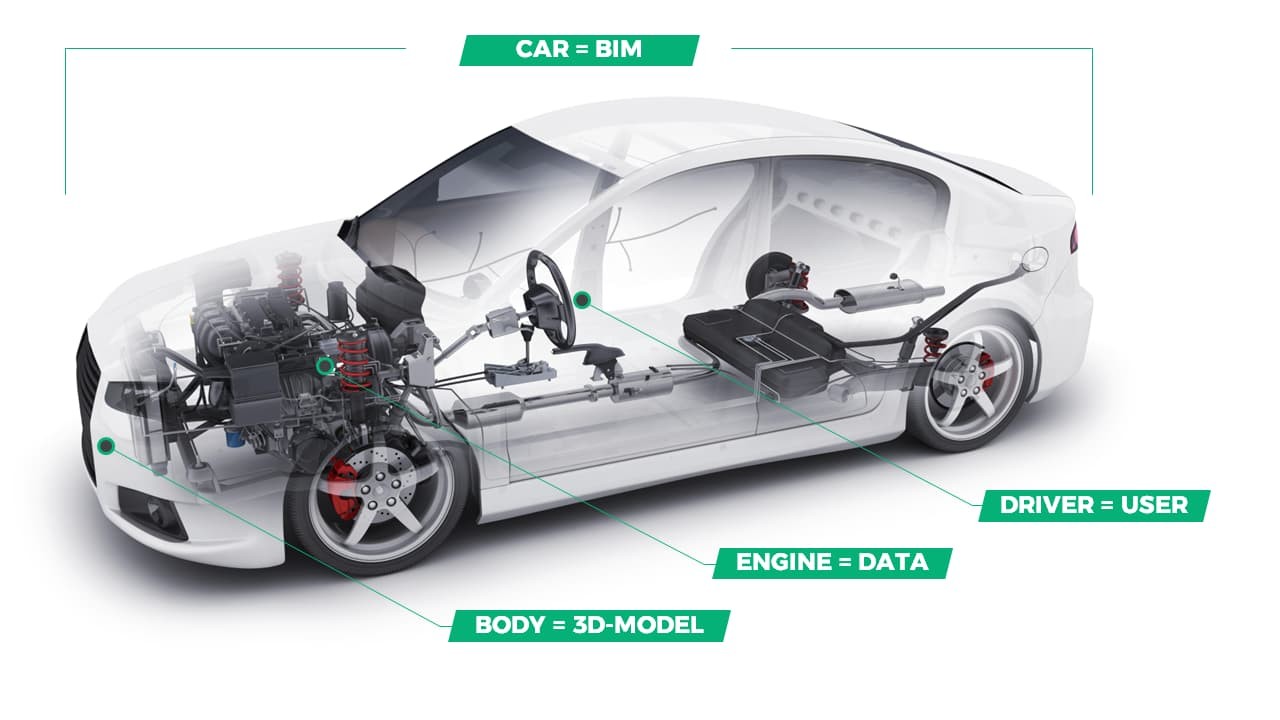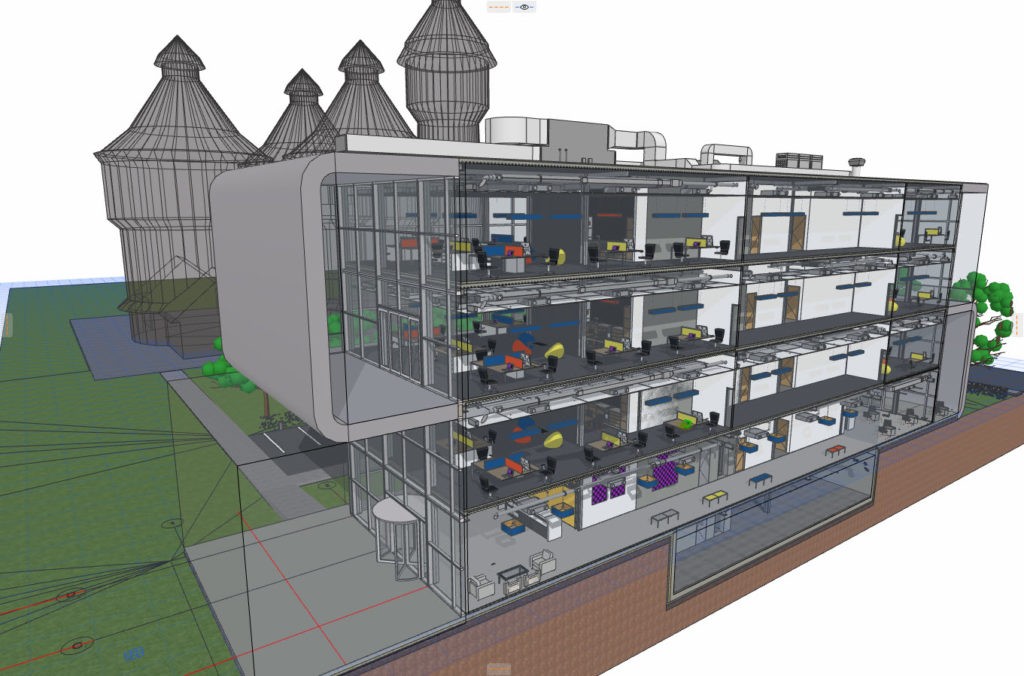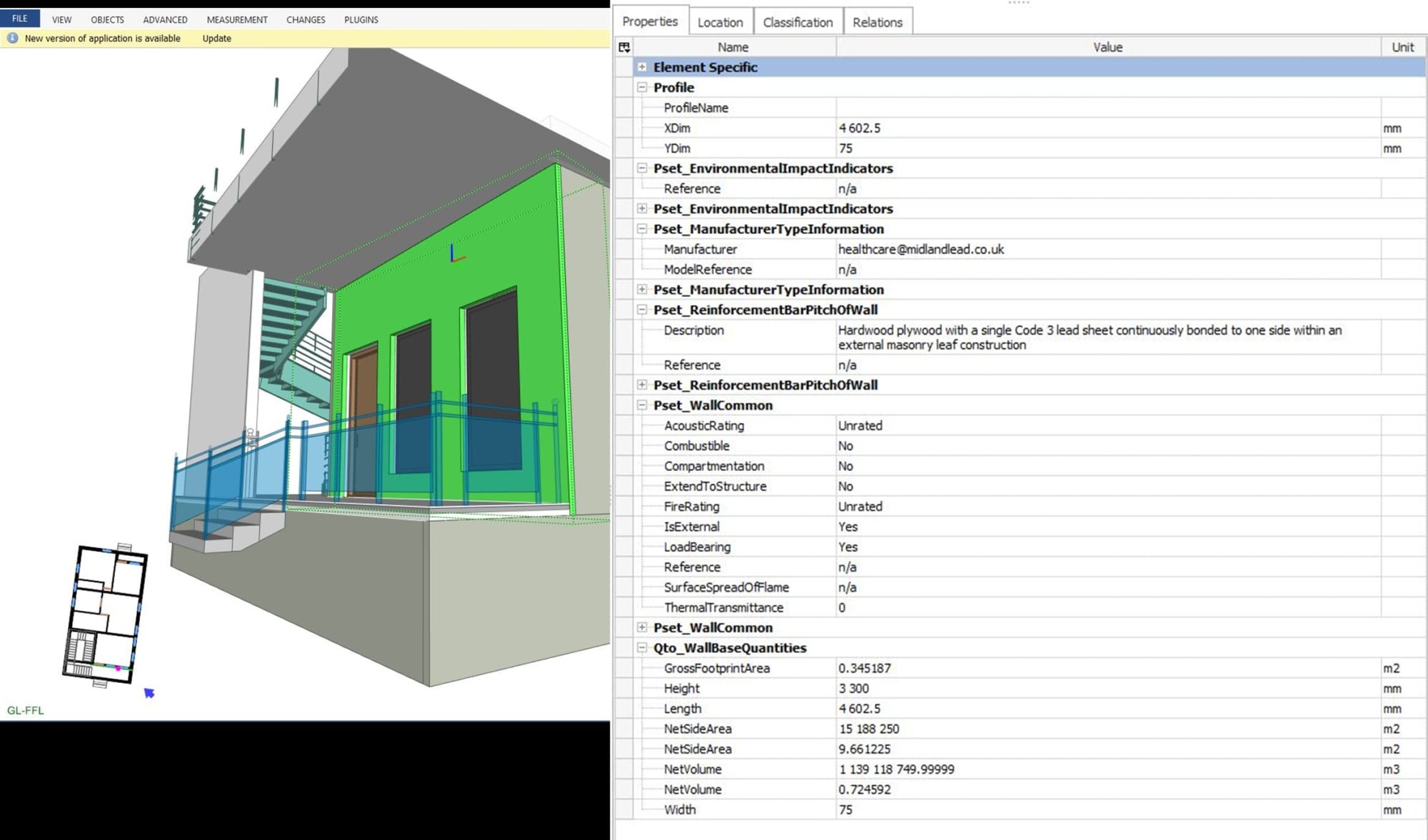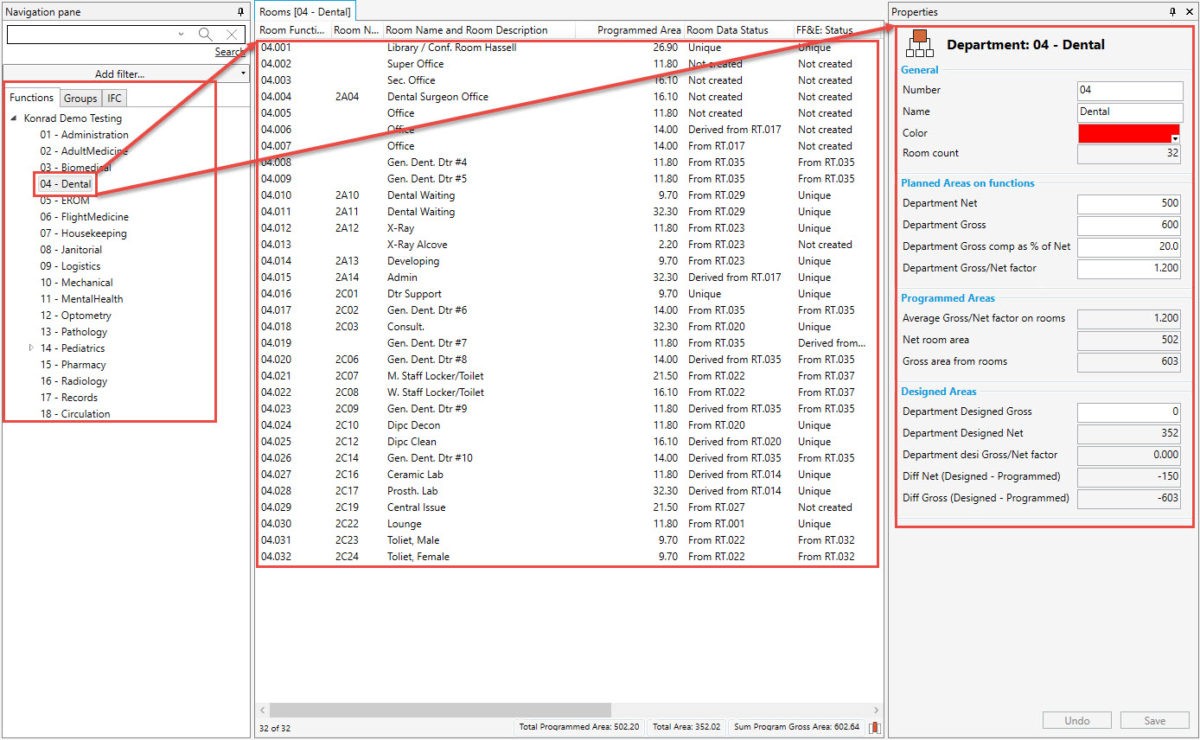What you will learn today:
The “I” in BIM is the most important and unifying factor in the acronym.
BIM data is categorized into ‘graphical’ and ‘non-graphical’ data which conveys information about the 3D model.
BIM data is inherently ‘structured data’ that can be represented in form of databases (rows, columns, tables) which is electronically processed and queried to provide specific information to users.
Viewing BIM beyond a 3D model but as a database that enables constant, easy, and fast access to information during the construction process underscores its importance for the industry.
What comes to your mind when thinking about BIM? Do you have a three-dimensional (3D) building model in front of your eyes? In our previous post, we mentioned that BIM is THE Buzzword of the construction industry. We explained in the end, BIM is all about the creation and use of information to enable connectivity between teams and make informed decisions during the entire lifecycle of a building[1]. Regardless of how you describe BIM — either as a ‘process’, ‘product’ or ‘management approach’ — the single most important and unifying factor we should all pay the closest attention to is the “I” in the acronym.
In other words, we mean ‘INFORMATION’.




